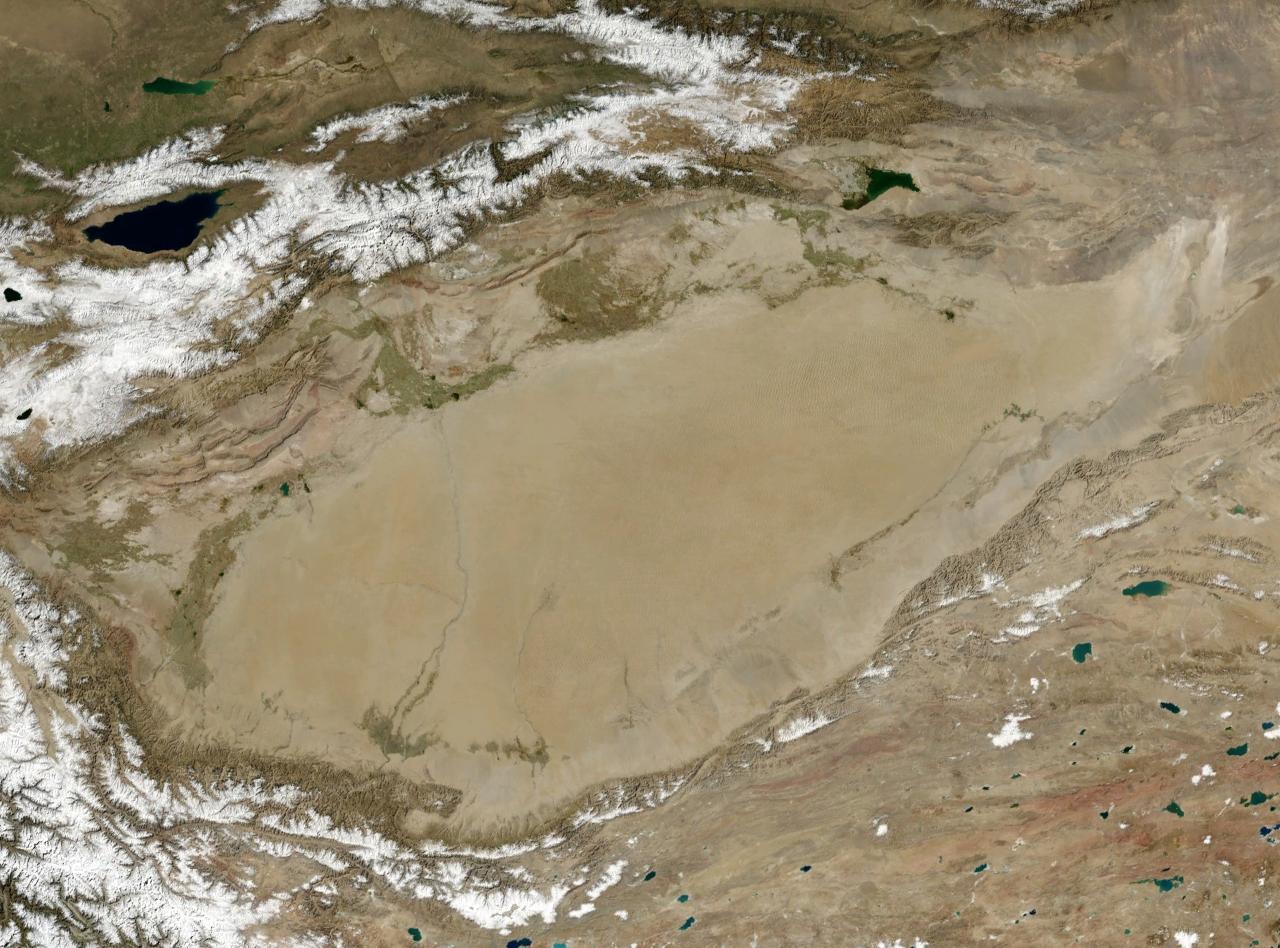|
Guzmán Basin
The Guzmán Basin is an endorheic basin of northern Mexico and the southwestern United States. It occupies the northwestern portion of Chihuahua in Mexico, and extends into southwestern New Mexico in the United States. Notable rivers of the Guzmán Basin are the Casas Grandes River, which empties into Lake Guzmán, the Santa Maria River, which empties into Lake Santa Maria, the Carmen River, and the Mimbres River of New Mexico. The Guzmán Basin is home to several endemic and near-endemic fish species, including the Chihuahua chub ''(Gila nigrescens)'', Palomas pupfish ''(Cyprinodon pisteri)'', Whitefin pupfish ''(C. albivelis)'', Perrito de carbonera ''(C. fontinalis)'', and Guzmán trout Mexican native trout (in Spanish "Truchas Mexicanas")—Mexican rainbow trout, sometimes Baja rainbow trout (''Oncorhynchus mykiss nelsoni'') and Mexican golden trout (''Oncorhynchus chrysogaster'') occur in the Pacific Ocean tributaries of the ... ''(Oncorhynchus mykiss nelsoni)''. ... [...More Info...] [...Related Items...] OR: [Wikipedia] [Google] [Baidu] |
Endorheic Basin
An endorheic basin (; also spelled endoreic basin or endorreic basin) is a drainage basin that normally retains water and allows no outflow to other external bodies of water, such as rivers or oceans, but drainage converges instead into lakes or swamps, permanent or seasonal, that equilibrate through evaporation. They are also called closed or terminal basins, internal drainage systems, or simply basins. Endorheic regions contrast with exorheic regions. Endorheic water bodies include some of the largest lakes in the world, such as the Caspian Sea, the world's largest inland body of water. Basins with subsurface outflows which eventually lead to the ocean are generally not considered endorheic; they are cryptorheic. Endorheic basins constitute local base levels, defining a limit of erosion and deposition processes of nearby areas. Etymology The term was borrowed from French ''endor(rh)éisme'', coined from the combining form ''endo-'' (from grc, ἔνδον ''éndon'' ... [...More Info...] [...Related Items...] OR: [Wikipedia] [Google] [Baidu] |
Palomas Pupfish
Palomas may refer to: Places * Palomas (Madrid), a ward of the Hortaleza district, Madrid, Spain * Palomas, Arizona, a community in the United States * Palomas, Badajoz, Spain, a town * Palomas, Comerío, Puerto Rico, a barrio in Comerío, a municipality of Puerto Rico (U.S.) * Palomas (Mexibús, Line 1), a BRT station in Ecatepec de Morelos * Palomas (Mexibús, Line 4), a BRT station in Ecatepec de Morelos * Las Palomas, New Mexico, a community in the United States * Puerto Palomas, Chihuahua, Mexico, a small town also known as simply Palomas Other uses * "La Paloma", a popular Spanish song * Hurricane Paloma, 2008 hurricane in the Atlantic ocean * USS ''Palomas'' (IX-91), a U.S. Navy schooner See also * Isla de Las Palomas Isla de Las Palomas is an island opposite the town of Tarifa at the southern end of the Punta de Tarifa at the southernmost point of the Iberian Peninsula and continental Europe. The island has been connected to the mainland by causeway A ..., ... [...More Info...] [...Related Items...] OR: [Wikipedia] [Google] [Baidu] |
Landforms Of New Mexico
A landform is a natural or anthropogenic land feature on the solid surface of the Earth or other planetary body. Landforms together make up a given terrain, and their arrangement in the landscape is known as topography. Landforms include hills, mountains, canyons, and valleys, as well as shoreline features such as bays, peninsulas, and seas, including submerged features such as mid-ocean ridges, volcanoes, and the great ocean basins. Physical characteristics Landforms are categorized by characteristic physical attributes such as elevation, slope, orientation, stratification, rock exposure and soil type. Gross physical features or landforms include intuitive elements such as berms, mounds, hills, ridges, cliffs, valleys, rivers, peninsulas, volcanoes, and numerous other structural and size-scaled (e.g. ponds vs. lakes, hills vs. mountains) elements including various kinds of inland and oceanic waterbodies and sub-surface features. Mountains, hills, plateaux, and plains are the fou ... [...More Info...] [...Related Items...] OR: [Wikipedia] [Google] [Baidu] |
Endorheic Basins Of The United States
An endorheic basin (; also spelled endoreic basin or endorreic basin) is a drainage basin that normally retains water and allows no outflow to other external bodies of water, such as rivers or oceans, but drainage converges instead into lakes or swamps, permanent or seasonal, that equilibrate through evaporation. They are also called closed or terminal basins, internal drainage systems, or simply basins. Endorheic regions contrast with exorheic regions. Endorheic water bodies include some of the largest lakes in the world, such as the Caspian Sea, the world's largest inland body of water. Basins with subsurface outflows which eventually lead to the ocean are generally not considered endorheic; they are cryptorheic. Endorheic basins constitute local base levels, defining a limit of erosion and deposition processes of nearby areas. Etymology The term was borrowed from French ''endor(rh)éisme'', coined from the combining form ''endo-'' (from grc, ἔνδον ''éndon'' 'with ... [...More Info...] [...Related Items...] OR: [Wikipedia] [Google] [Baidu] |
Drainage Basins Of Mexico
Drainage is the natural or artificial removal of a surface's water and sub-surface water from an area with excess of water. The internal drainage of most agricultural soils is good enough to prevent severe waterlogging (anaerobic conditions that harm root growth), but many soils need artificial drainage to improve production or to manage water supplies. History Early history The Indus Valley civilization had sewerage and drainage systems. All houses in the major cities of Harappa and Mohenjo-daro had access to water and drainage facilities. Waste water was directed to covered gravity sewers, which lined the major streets. 18th and 19th century The invention of hollow-pipe drainage is credited to Sir Hugh Dalrymple, who died in 1753. Current practices Geotextiles New storm water drainage systems incorporate geotextile filters that retain and prevent fine grains of soil from passing into and clogging the drain. Geotextiles are synthetic textile fabrics specially man ... [...More Info...] [...Related Items...] OR: [Wikipedia] [Google] [Baidu] |
Washington, DC
) , image_skyline = , image_caption = Clockwise from top left: the Washington Monument and Lincoln Memorial on the National Mall, United States Capitol, Logan Circle, Jefferson Memorial, White House, Adams Morgan, National Cathedral , image_flag = Flag of the District of Columbia.svg , image_seal = Seal of the District of Columbia.svg , nickname = D.C., The District , image_map = , map_caption = Interactive map of Washington, D.C. , coordinates = , subdivision_type = Country , subdivision_name = , established_title = Residence Act , established_date = 1790 , named_for = George Washington, Christopher Columbus , established_title1 = Organized , established_date1 = 1801 , established_title2 = Consolidated , established_date2 = 1871 , established_title3 = Home Rule Act ... [...More Info...] [...Related Items...] OR: [Wikipedia] [Google] [Baidu] |
Guzmán Trout
Mexican native trout (in Spanish "Truchas Mexicanas")—Mexican rainbow trout, sometimes Baja rainbow trout (''Oncorhynchus mykiss nelsoni'') and Mexican golden trout (''Oncorhynchus chrysogaster'') occur in the Pacific Ocean tributaries of the Baja California peninsula and in the Sierra Madre Occidental of northwestern Mexico as far south as Victoria de Durango in the state of Durango. Many forms of the Mexican rainbow trout (''Oncorhynchus mykiss nelsoni'' and ''O. m.'' ssp.), subspecies of the rainbow trout, have been described. The Mexican golden trout (''Oncorhynchus chrysogaster'') is a recognized species. Taxonomy Most of the Mexican native trout are considered subspecies of the rainbow trout (''O. mykiss'') and generally lumped as ''O. m. nelsoni'' Evermann (1908) or ''O. m.'' ssp. The exception is the Mexican golden trout (''O. chrysogaster'' Needham and Gard (1964)) which achieved species status in 1964. The first records of trout in northwestern Mexico were publis ... [...More Info...] [...Related Items...] OR: [Wikipedia] [Google] [Baidu] |
Perrito De Carbonera
The Carbonera pupfish (''Cyprinodon fontinalis''), also known as the Perrito de carbonera, is a small, endangered species of pupfish in the family Cyprinodontidae. It is endemic to springs and associated waters at Bolsón de los Muertos in northwestern Chihuahua, Mexico. It was last rated by the IUCN in 1996 where considered endangered, but most subpopulations now appear to be extirpated, while a few are extinct in the wild A species that is extinct in the wild (EW) is one that has been categorized by the International Union for Conservation of Nature as known only by living members kept in captivity or as a naturalized population outside its historic range due ... (still survive in captivity). In 2012, it only survived in the wild in a single spring (having once occurred in nine), which also was the last remaining habitat for the largemouth shiner (''Cyprinella bocagrande'') and the dwarf crayfish '' Cambarellus chihuahuae''. As this single spring was declining, it was ... [...More Info...] [...Related Items...] OR: [Wikipedia] [Google] [Baidu] |
Cyprinodon Albivelis
''Cyprinodon'' is a genus of pupfishes found in waters that range from fresh to hypersaline. The genus is primarily found in Mexico, the Caribbean Islands and southern United States (Arizona, California, Florida, Nevada, New Mexico, Oklahoma and Texas), but ''C. variegatus'' occurs as far north as Massachusetts and along the entire Gulf of Mexico coastline, and ''C. dearborni '' and ''C. variegatus'' are found in northern South America.Martin, C. H., and P. C. Wainwright (2013). ''Multiple Fitness Peaks on the Adaptive Landscape Drive Adaptive Radiation in the Wild.'' Science 339(6116): 208-211. Many species have tiny ranges and are highly threatened, in some cases already extinct. ''Cyprinodon'' are small; the largest reaches in length and most other species only reach about half that size. Distribution and habitat A few ''Cyprinodon'' species have quite large ranges, notably '' C. variegatus'', but the vast majority have small ranges, typically restricted to one or two Mexi ... [...More Info...] [...Related Items...] OR: [Wikipedia] [Google] [Baidu] |
Chihuahua Chub
The Chihuahua chub (''Gila nigrescens'') is a species of ray-finned fish in the family Cyprinidae. It is found in Chihuahua, Mexico and in New Mexico ) , population_demonym = New Mexican ( es, Neomexicano, Neomejicano, Nuevo Mexicano) , seat = Santa Fe , LargestCity = Albuquerque , LargestMetro = Tiguex , OfficialLang = None , Languages = English, Spanish ( New Mexican), Navajo, Ker ..., United States. The males can reach 24 cm (9.5 in) in length. References * Chubs (fish) Gila (fish) Freshwater fish of Mexico Freshwater fish of the United States Fish of the Western United States Chihuahua chub Chihuahua chub Taxa named by Charles Frédéric Girard Fish described in 1856 Taxonomy articles created by Polbot ESA threatened species {{Leuciscinae-stub ... [...More Info...] [...Related Items...] OR: [Wikipedia] [Google] [Baidu] |

.jpg)


_(12598764423).jpg)